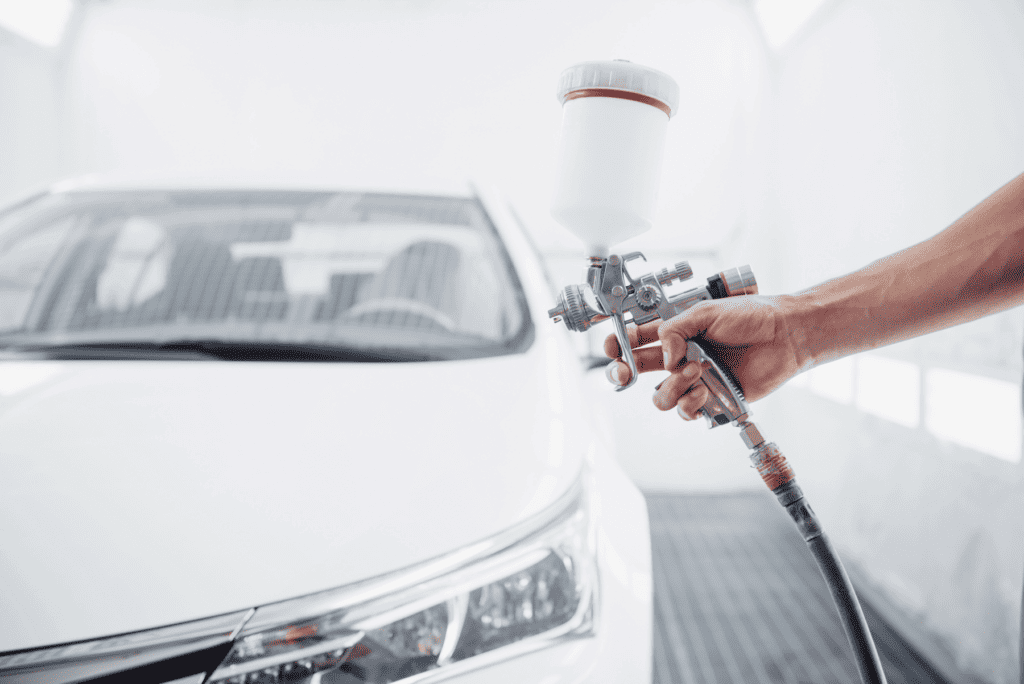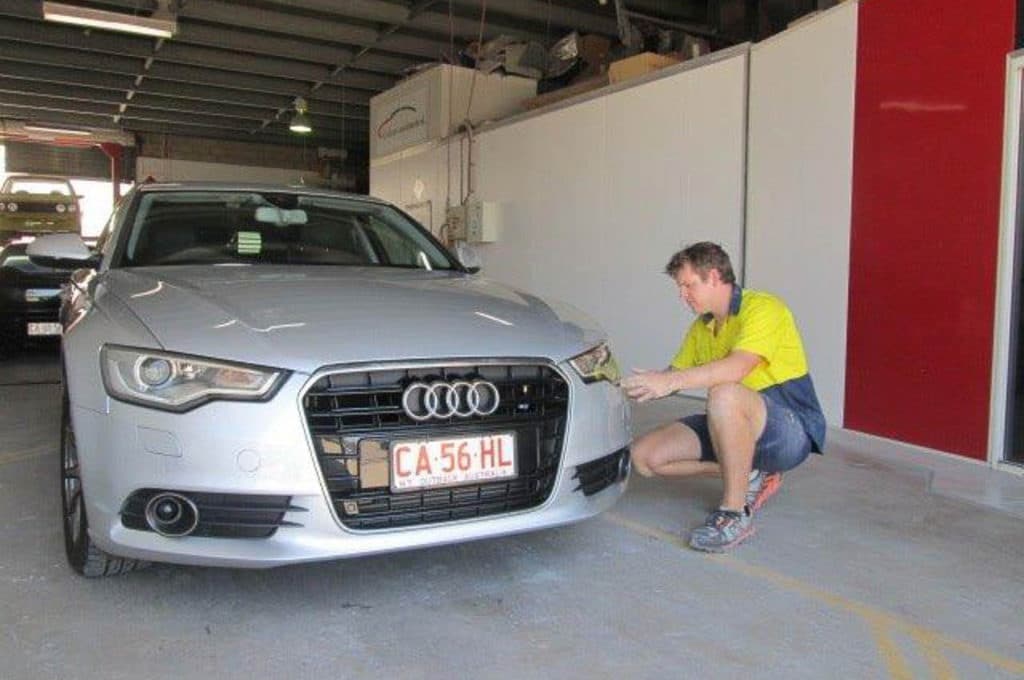Car paint plays a crucial role in both enhancing the visual appeal of vehicles and protecting them from various environmental elements. It serves as more than just a decorative feature, providing a protective layer that shields the underlying metal from corrosion, rust, and other forms of damage. Understanding the different types of car paint is essential for car owners and enthusiasts alike to make informed decisions regarding maintenance, repairs, and customisation.
In this article, we will explore the main types of car paint and their respective pros and cons. From traditional options like lacquer and enamel to modern formulations such as urethane and acrylic enamel, each type offers unique characteristics in terms of durability, finish, and application methods. By delving into the nuances of automotive paint, readers will gain valuable insights into choosing the most suitable option for their vehicles’ needs. So, let’s dive into the world of car paint and unravel the mysteries behind its diverse range of options.
Types of Car Paint:
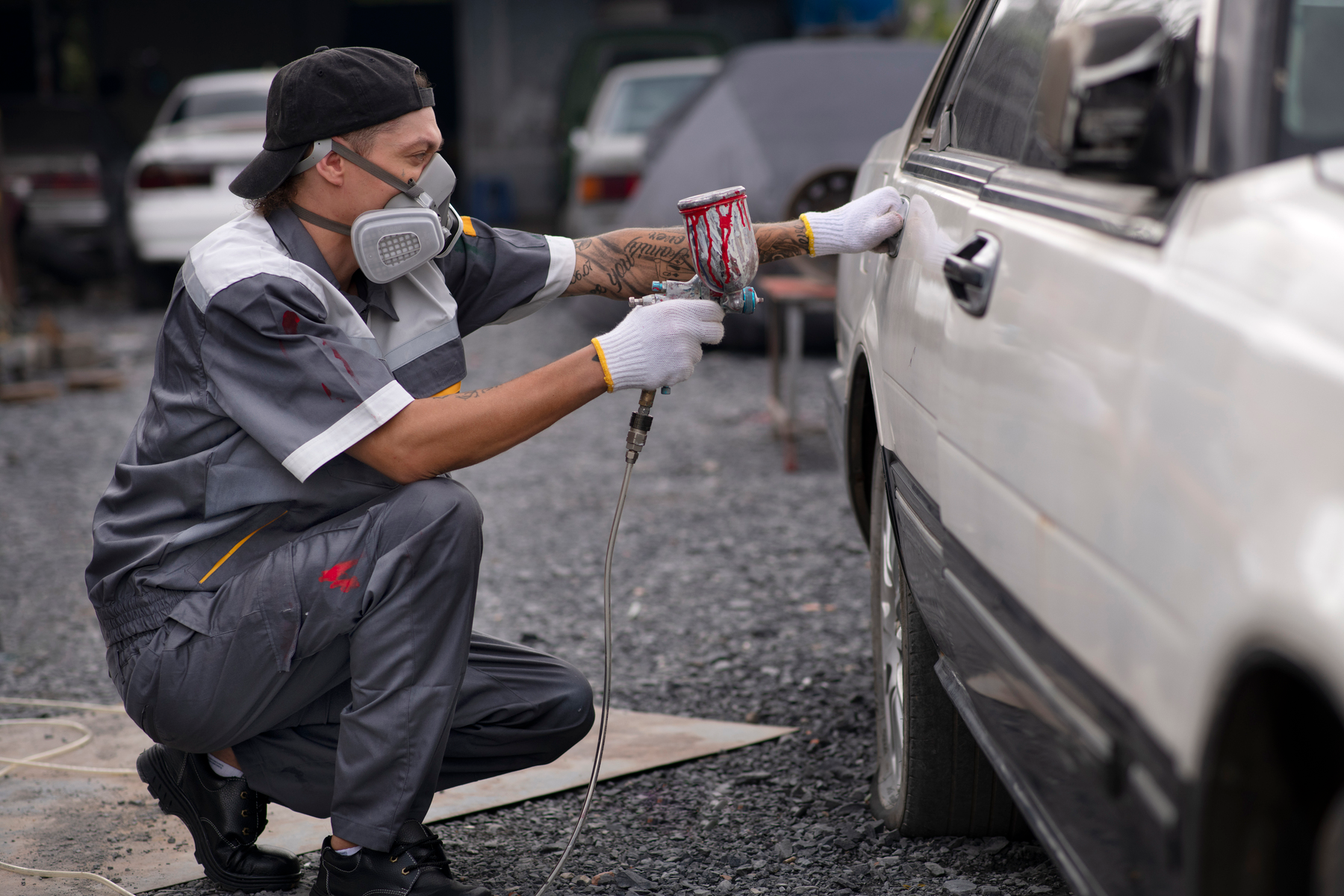
Car paint, also known as automotive paint, refers to the protective coating applied to the exterior surfaces of vehicles. Beyond its aesthetic appeal, car paint serves as a vital barrier against corrosion, rust, UV radiation, and other environmental hazards. Proper maintenance of car paint not only preserves the vehicle’s appearance but also helps maintain its resale value and structural integrity over time.
Common Types of Car Paint:
- Lacquer Paint:
- Lacquer paint was once a popular choice for automotive applications due to its quick drying time and high gloss finish. However, it has become less common in modern automotive painting due to its susceptibility to fading and cracking over time.
- Enamel Paint:
- Enamel paint is known for its durability and resistance to chipping, making it a preferred choice for commercial vehicles and machinery. It offers a glossy finish and is available in a wide range of colours.
- Urethane Paint:
- Urethane paint has gained popularity in recent years for its superior durability and resistance to fading, chipping, and chemicals. It provides a high-gloss finish and is often used in automotive refinishing and customisation.
- Acrylic Enamel Paint:
- Acrylic enamel paint combines the durability of enamel with the easy application of acrylic. It offers excellent colour retention and a glossy finish, making it suitable for both DIY projects and professional automotive painting.
Differences in Durability, Finish, and Application:
- Durability:
- Lacquer paint is less durable compared to enamel, urethane, and acrylic enamel paints, making it more prone to fading and damage.
- Enamel paint provides good durability and resistance to chipping, while urethane paint offers superior durability and longevity.
- Acrylic enamel paint strikes a balance between durability and ease of application, making it a versatile choice for various automotive painting projects.
- Finish:
- Lacquer paint typically yields a high-gloss finish but may lack depth and longevity.
- Enamel paint offers a glossy finish with good depth and colour retention.
- Urethane paint provides a durable high-gloss finish with excellent colour retention and resistance to fading.
- Acrylic enamel paint delivers a glossy finish with superior colour retention and durability.
- Application Methods:
- Lacquer paint requires careful application and may need multiple coats for adequate coverage.
- Enamel, urethane, and acrylic enamel paints can be applied using various methods, including spraying, brushing, or rolling, depending on the project requirements and personal preference.
Understanding the differences between these types of car paint is crucial for selecting the most suitable option based on the desired durability, finish, and application method. Whether undertaking a DIY paint job or seeking professional automotive refinishing, choosing the right type of car paint ensures long-lasting protection and aesthetic appeal for vehicles.
Understanding Automotive Paint Finishes:
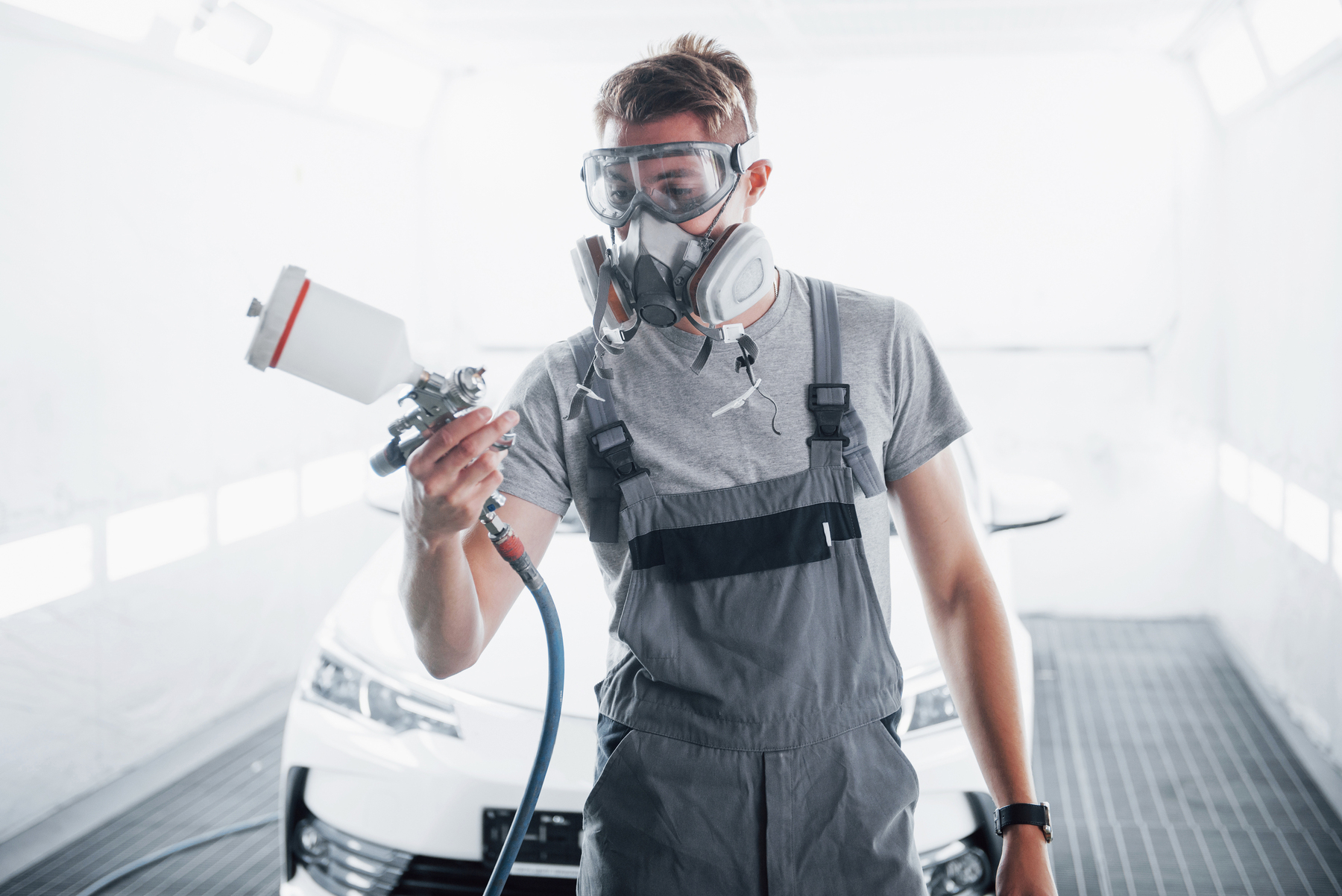
Automotive paint finishes play a significant role in defining a vehicle’s appearance and style. Whether it’s a sleek metallic sheen, a bold matte finish, or a subtle pearlescent shimmer, each paint finish offers unique characteristics and aesthetic appeal.
1. Metallic Paint Finish:
- A metallic finish incorporates tiny metallic particles, such as aluminium or metal flakes, into the paint mixture. When applied, these particles reflect light, creating a vibrant and dynamic appearance.
- Characteristics: Metallic finishes are known for their depth, shine, and reflective qualities, giving vehicles a luxurious and eye-catching look.
- Aesthetic Appeal: Metallic finishes add a sense of sophistication and elegance to vehicles, enhancing their visual appeal and distinguishing them from non-metallic counterparts.
2. Matte Paint Finish:
- A matte finish lacks the glossy shine of traditional paints, offering a flat, non-reflective surface. This finish has gained popularity in recent years for its modern and understated appearance.
- Characteristics: Matte finishes provide a smooth and velvety texture, creating a unique visual effect that is both sleek and contemporary.
- Aesthetic Appeal: Matte finishes exude a sense of sophistication and individuality, giving vehicles a bold and edgy look that stands out from the crowd.
3. Pearlescent Paints Finish:
- A pearlescent finish incorporates special pigments containing ceramic crystals or mica flakes into the paint formula. These pigments refract light, producing a subtle iridescent effect that changes with viewing angle and lighting conditions.
- Characteristics: Pearlescent finishes offer a soft, luminous glow with a hint of colour-shifting shimmer, adding depth and dimension to the paint surface.
- Aesthetic Appeal: Pearlescent finishes create a mesmerising visual effect that enhances the overall appearance of vehicles, giving them a sophisticated and upscale vibe.
Highlighting Pros and Cons:
Pros:
- Metallic Finish:
- Pro: Provides a luxurious and dynamic appearance.
- Pro: Conceals minor imperfections and scratches better than solid paints.
- Pro: Offers excellent durability and resistance to fading.
- Matte Finish:
- Pro: Offers a modern and distinctive appearance.
- Pro: Hides surface reflections and fingerprints.
- Pro: Requires less maintenance compared to glossy finishes.
- Pearlescent Finish:
- Pro: Creates a unique and eye-catching visual effect.
- Pro: Enhances the depth and richness of the paint colour.
- Pro: Provides excellent durability and UV protection.
Cons:
- Metallic Finish:
- Con: May be more challenging to repair and match due to its complex nature.
- Con: Requires careful maintenance to prevent water spots and swirl marks.
- Matte Finish:
- Con: Susceptible to staining and damage from harsh chemicals.
- Con: Difficult to achieve uniformity and consistency during application.
- Pearlescent Finish:
- Con: Tends to be more expensive than standard paint options.
- Con: Can be challenging to repair and match due to its unique shimmering effect.
Understanding the characteristics and pros and cons of metallic, matte, and pearlescent paint finishes enables car owners to make informed decisions when customising their vehicles. Whether aiming for a sleek and glossy look, a bold and edgy appearance, or a subtle and iridescent shimmer, choosing the right paint finish enhances the overall aesthetic appeal and individuality of vehicles.
Importance of Clear Coat and Base Coat:
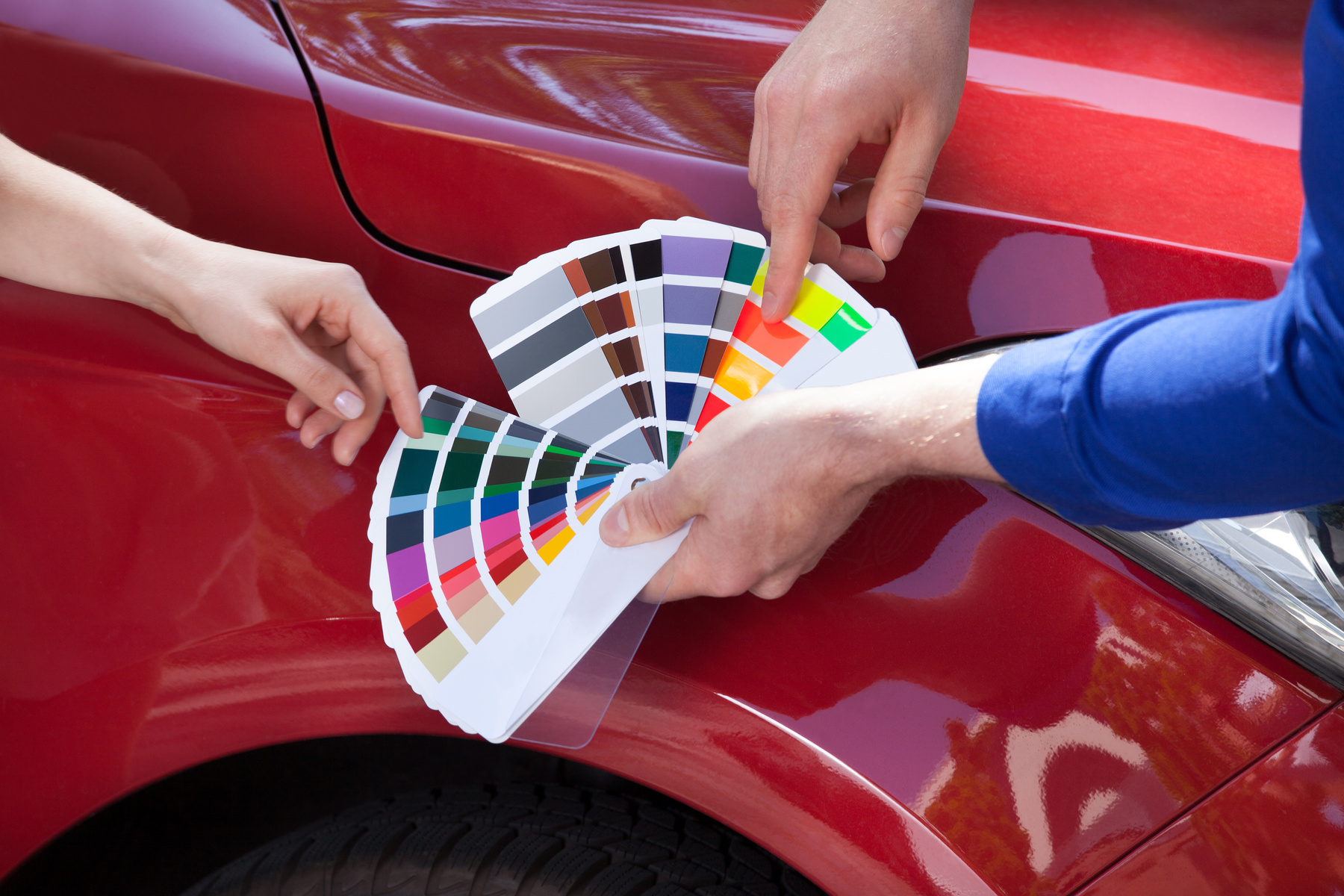
Car painting typically involves a multi-layered process, with the clear coat and base coat playing distinct yet complementary roles in achieving a high-quality finish.
1. Clear Coat:
- The clear coat is the final layer of paint applied to the surface of the vehicle after the base coat. It is a transparent, protective layer that enhances the durability and appearance of the paint job.
- Role: The primary role of the clear coat is to provide surface protection against environmental factors such as UV radiation, moisture, dirt, and road debris. It acts as a shield, preventing the underlying layers of paint from fading, oxidising, or being damaged.
- Benefits: By sealing the paint layers, the clear coat enhances the longevity of the paint job, maintaining its colour, gloss, and overall finish for an extended period. It also facilitates easier cleaning and maintenance, as contaminants are less likely to adhere to the smooth surface.
2. Base Coat:
- The base coat is the layer of paint applied directly onto the vehicle’s surface after priming. It serves as the foundation for the paint job, providing colour and coverage.
- Role: The base coat determines the colour and appearance of the vehicle, providing the desired hue and tone. It also contributes to the overall depth and richness of the paint finish.
- Significance: Achieving the desired colour intensity and depth depends largely on the quality and application of the base coat. Proper preparation, including surface cleaning, priming, and colour matching, ensures a smooth and uniform base for the subsequent clear coat application.
Clear Coat’s Surface Protection and Longevity:
The clear coat acts as a protective barrier, safeguarding the underlying layers of paint from damage and deterioration. Its transparent nature allows the vibrant colours of the base coat to shine through while providing essential UV resistance and weather protection. Without the clear coat, the paint job would be vulnerable to fading, peeling, and corrosion, leading to premature wear and tear. Therefore, the clear coat plays a crucial role in preserving the appearance and integrity of the vehicle’s paint finish over time, ensuring lasting beauty and value.
Significance of Base Coat in Colour Intensity and Depth:
The base coat serves as the canvas upon which the final paint finish is built. Its quality and application directly impact the colour vibrancy, depth, and richness of the paint job. A properly applied base coat ensures uniform coverage and adherence, enhancing the intensity and depth of the chosen colour. By meticulously layering the base coat, painters can achieve the desired hue and tone, creating a stunning visual effect that captivates attention and enhances the overall aesthetic appeal of the vehicle.
In summary, the clear coat and base coat are essential components of the car painting process, each fulfilling specific roles in achieving a durable, vibrant, and long-lasting finish. While the clear coat provides surface protection and longevity, the base coat determines colour intensity and depth, together contributing to the overall beauty and quality of the paint job.
Common Car Paint Repairs:
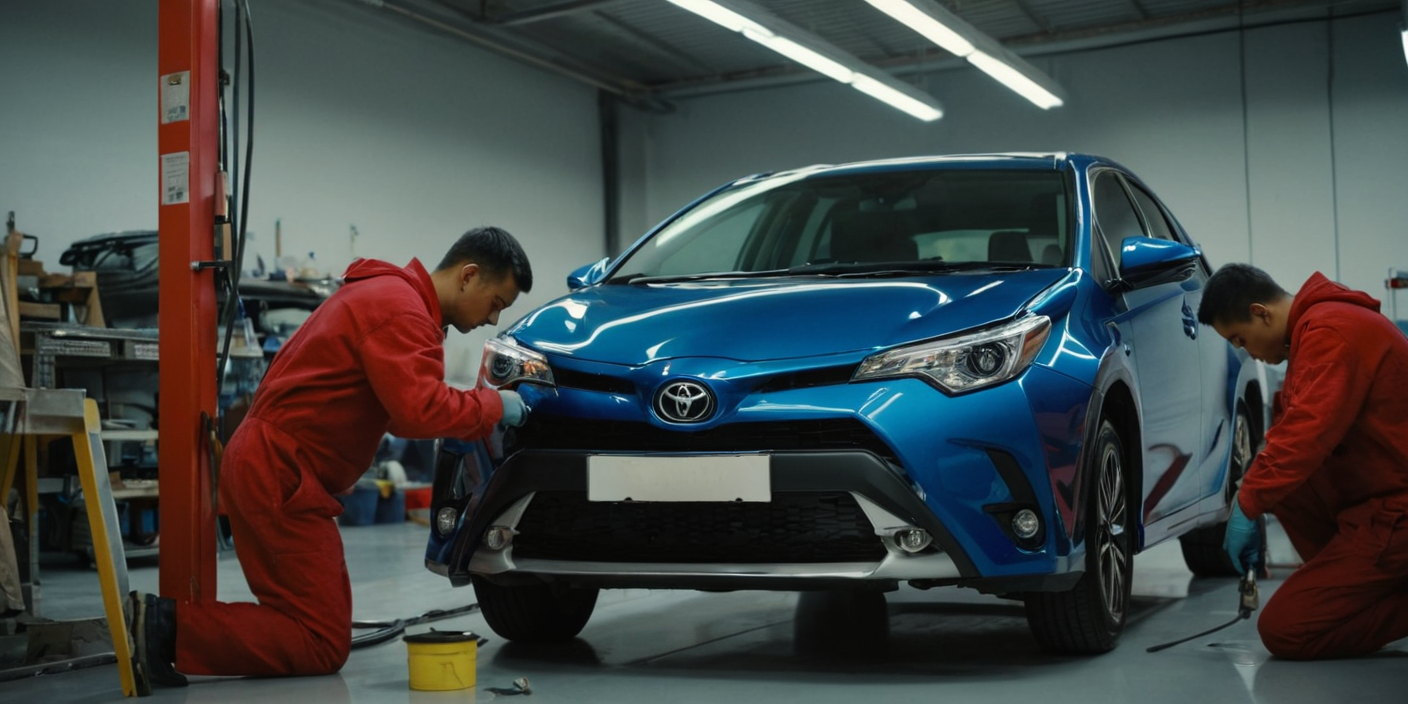
Car paint damage is a common occurrence due to factors such as road debris, weather conditions, and accidents. Identifying and addressing these issues promptly is essential to maintain the vehicle’s appearance and protect its resale value.
1. Scratches:
- Scratches can occur from various sources, including branches, keys, or other vehicles. They can range from superficial surface scratches to deep gouges that penetrate the paint layers.
2. Stone Chips:
- Stone chips result from small rocks or gravel hitting the vehicle’s surface while driving. They often appear as small, circular marks and can expose the underlying metal, leading to rust and corrosion if left untreated.
3. Swirl Marks:
- Swirl marks are fine scratches on the paint surface caused by improper washing techniques or abrasive materials. They create a hazy or dull appearance, detracting from the vehicle’s overall finish.
Repair Methods:
1. Touch-up Pens:
- Touch-up pens are convenient for minor scratches and stone chips. They contain paint matched to the vehicle’s colour and are applied directly to the damaged area. After drying, excess paint can be buffed away for a seamless finish.
2. Body Shop Services:
- For more extensive damage, professional body shops offer comprehensive repair services. Skilled technicians can sand, fill, and repaint affected areas to restore the vehicle’s appearance. This method is ideal for deep scratches, large stone chips, or extensive paint damage.
3. DIY Solutions:
- DIY solutions include various products and techniques available for home use. These may include scratch removal kits, polishing compounds, and paint touch-up kits. While DIY solutions can be cost-effective for minor damage, they may not always achieve professional results.
Tips for Effective Car Paint Repair at Home:
- Clean the Surface: Before attempting any repairs, thoroughly clean the damaged area using a mild car wash soap and water. This removes dirt, debris, and contaminants that can interfere with the repair process.
- Assess the Damage: Evaluate the extent of the damage to determine the most suitable repair method. Minor scratches and stone chips may be suitable for DIY touch-up, while deeper damage may require professional intervention.
- Follow Instructions Carefully: When using touch-up pens or DIY repair kits, carefully follow the manufacturer’s instructions for best results. This includes applying the correct amount of paint, allowing sufficient drying time, and using appropriate techniques for blending and finishing.
- Practice Patience: Achieving a seamless repair takes time and patience. Allow each layer of paint to dry thoroughly before applying additional coats or buffing the surface. Rushing the process can result in uneven or unsatisfactory results.
- Protect and Maintain: Once the repair is complete, apply a clear coat or sealant to protect the freshly painted area. Regular washing and waxing can help maintain the integrity of the repair and prevent future damage.
By identifying common car paint issues and employing appropriate repair methods, car owners can effectively restore the appearance of their vehicles and prolong their lifespan. Whether opting for touch-up pens, professional services, or DIY solutions, addressing paint damage promptly ensures a well-maintained and visually appealing vehicle.
Top Choice for Car Paint Repairs and Smash/Crash Repairs in Darwin: CGPP (Coconut Grove Panel & Paint)
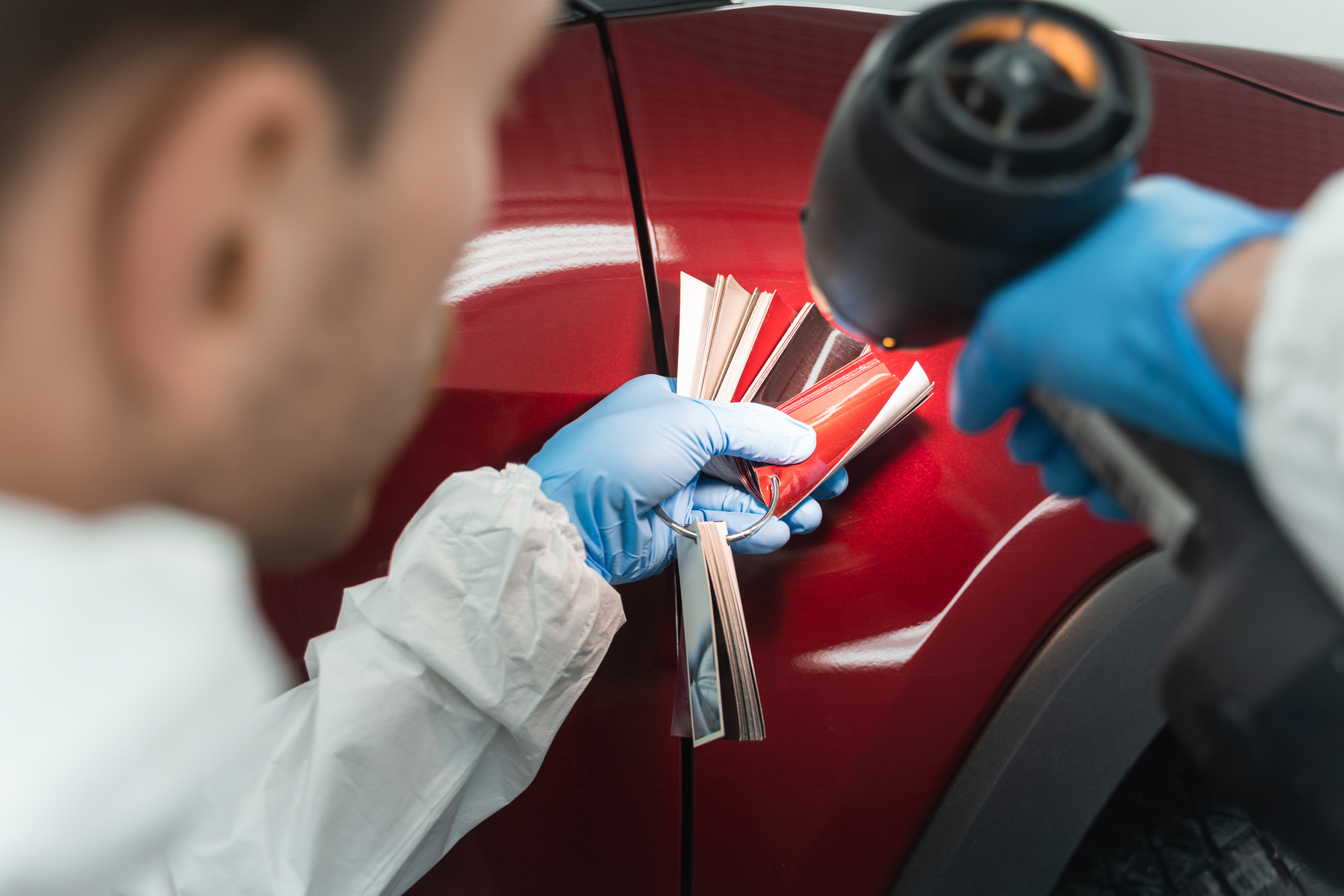
For the best car paint repairs and smash/crash repairs in Darwin, look no further than CGPP (Coconut Grove Panel & Paint). With their reputation for excellence and commitment to quality craftsmanship, CGPP stands out as a top choice for automotive repair services in the Darwin area.
Here’s why CGPP is the preferred option for car paint repairs and smash/crash repairs:
1. Expertise and Experience: CGPP boasts a team of highly skilled technicians with years of experience in car paint repairs and smash/crash repairs. They have the knowledge and expertise to handle a wide range of issues, from minor scratches to major collision damage.
2. State-of-the-Art Facilities: Equipped with state-of-the-art facilities and advanced equipment, CGPP ensures precision and accuracy in every repair job. Their modern workshop is designed to meet the highest standards of safety and efficiency.
3. Quality Materials and Techniques: CGPP uses only the highest quality materials and techniques for car paint repairs and smash/crash repairs. Whether it’s matching the exact paint colour or restoring the structural integrity of the vehicle, they prioritize quality and durability.
4. Customer Satisfaction: At CGPP, customer satisfaction is paramount. They take the time to understand each customer’s needs and preferences, providing personalised service and attention to detail. From initial consultation to final delivery, CGPP strives to exceed expectations.
5. Efficient Turnaround Times: Despite their commitment to quality, CGPP understands the importance of timely service. They aim for efficient turnaround times without compromising on the quality of workmanship, ensuring that customers can get back on the road as soon as possible.
For reliable and professional car paint repairs and smash/crash repairs in Darwin, CGPP (Coconut Grove Panel & Paint) is the go-to destination. With their dedication to excellence and customer satisfaction, you can trust CGPP to restore your vehicle to its former glory.
Conclusion
In conclusion, we’ve explored the various types of car paint and their respective advantages and disadvantages. From traditional options like lacquer and enamel to modern formulations such as urethane and acrylic enamel, each type offers unique characteristics in terms of durability, finish, and application methods. While metallic finishes add a touch of luxury, matte finishes exude modernity, and pearlescent finishes create a subtle shimmer.
Proper car paint maintenance and repair are crucial for preserving vehicle longevity and aesthetics. The clear coat provides essential surface protection, while the base coat determines colour intensity and depth. Regular maintenance and timely repairs help prevent damage from scratches, stone chips, and swirl marks, ensuring a well-maintained and visually appealing vehicle.
For the best car paint repairs and smash/crash repairs in Darwin, we highly recommend CGPP (Coconut Grove Panel & Paint). With their expertise, state-of-the-art facilities, and commitment to customer satisfaction, CGPP stands out as the top choice for automotive repair services in the Darwin area. Trust CGPP to restore your vehicle to its former glory and maintain its beauty and value for years to come.

